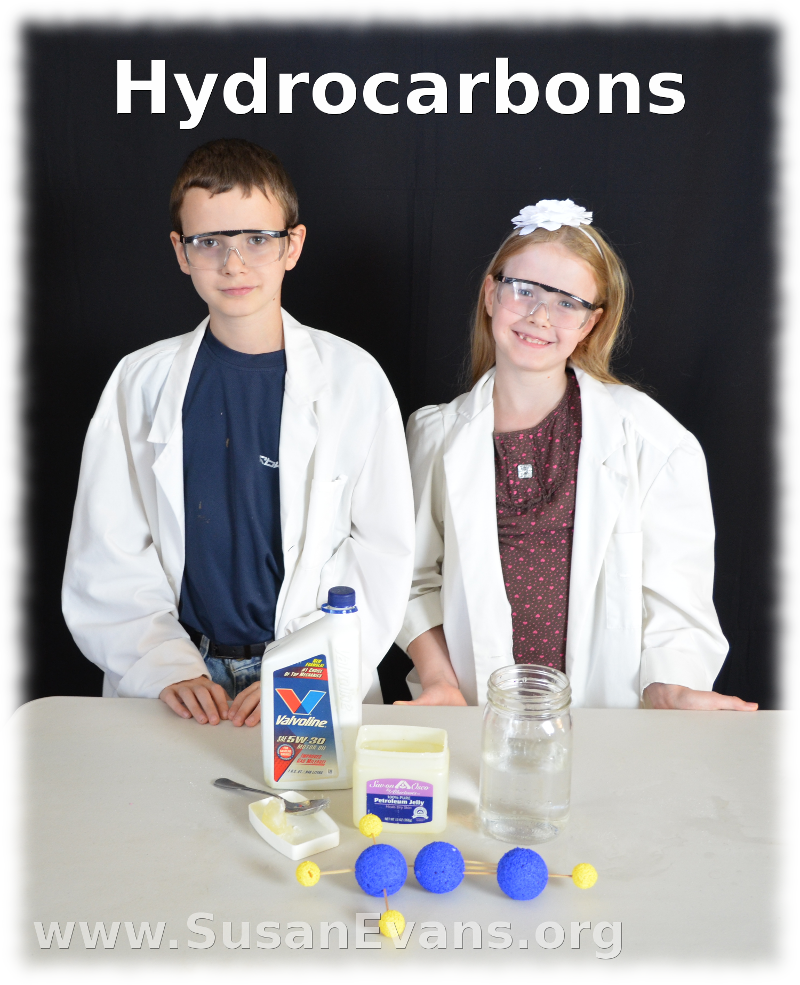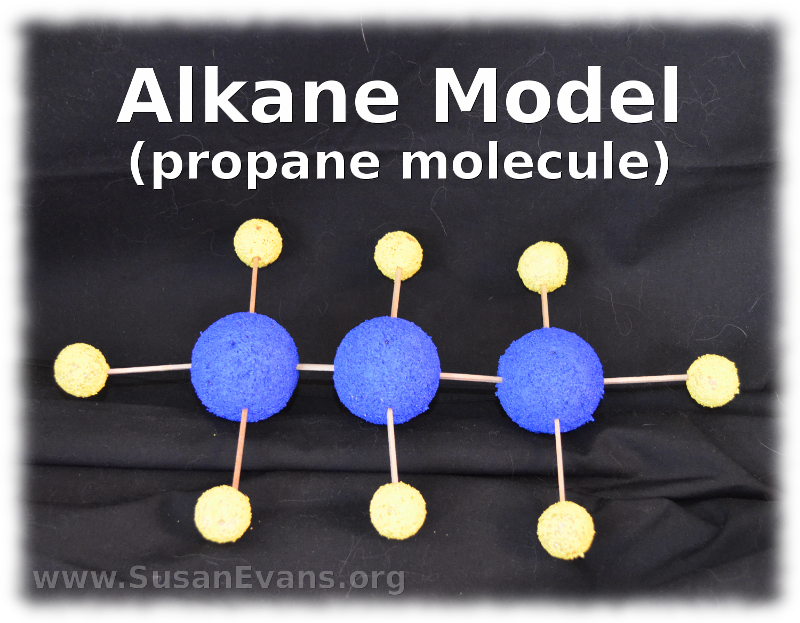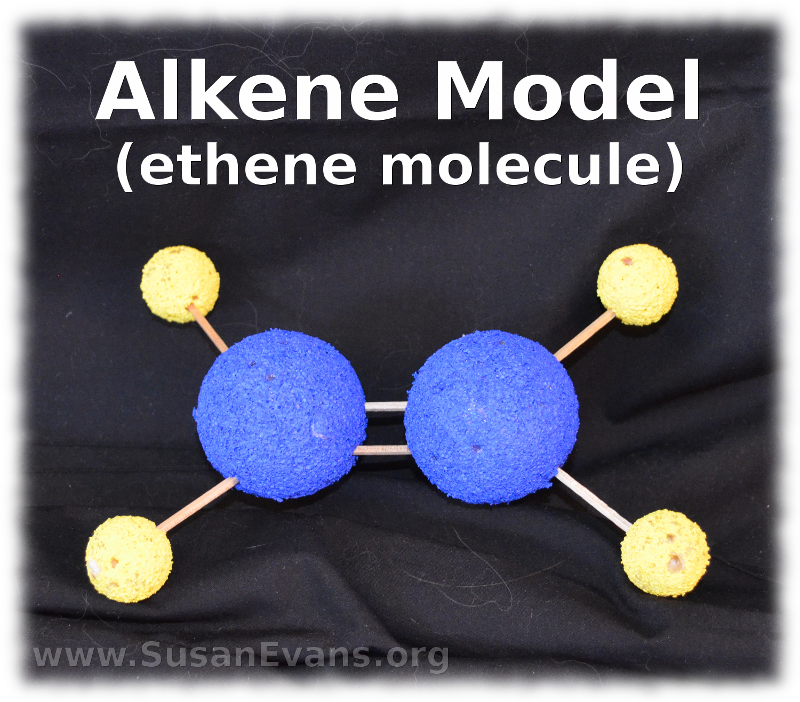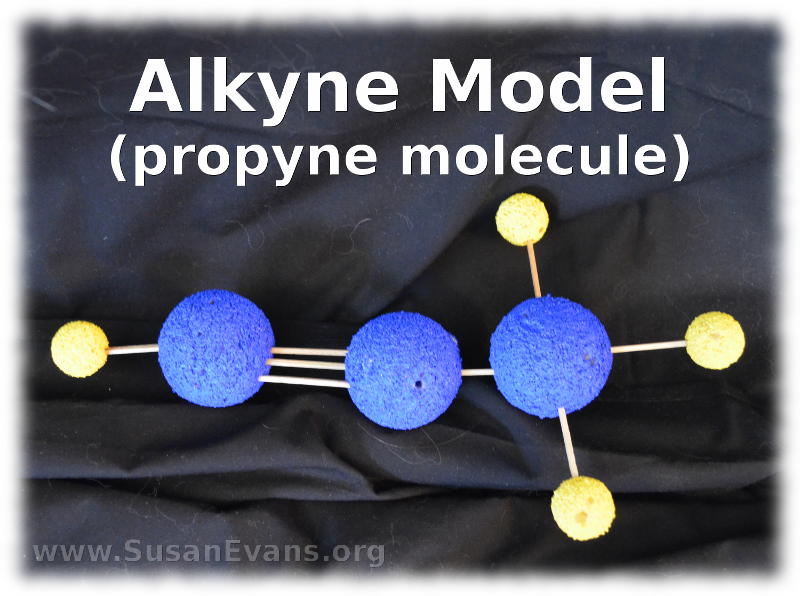 This post contains affiliate links. I was compensated for my work in writing this post.
This post contains affiliate links. I was compensated for my work in writing this post.
Today we will be making models of hydrocarbons and then performing an experiment with floating hydrocarbons. We are using Christian Kids Explore Chemistry by Bright Ideas Press, and the last five chapters in the book have to do with hydrocarbons.
What are hydrocarbons?
Hydrocarbons are a family of compounds that are composed of carbon and hydrogen atoms that are connected with covalent bonds that share electrons. We studied three different types of hydrocarbons:
- Alkanes (single bonds between the carbon and hydrogen atoms)
- Alkenes (at least one double bond between carbon and hydrogen atoms)
- Alkines (at least one triple bond between carbon and hydrogen atoms)
We will be making some models of hydrocarbons with styrofoam balls, paint, and toothpicks. You will see my kids assemble these hydrocarbon models in fast motion in the video.
Take a look at an Alkane model:
 Take a look at an Alkene model:
Take a look at an Alkene model:
 Take a look at an Alkine model:
Take a look at an Alkine model:
 Now we will perform an experiment with floating hydrocarbons. You will need a mason jar, water, petroleum jelly, and motor oil. Look at what happens when we perform this experiment:
Now we will perform an experiment with floating hydrocarbons. You will need a mason jar, water, petroleum jelly, and motor oil. Look at what happens when we perform this experiment:
This is our final post for this exciting series of Christian Kids Explore Chemistry by Bright Ideas Press. We hope you have enjoyed our experiments in this series!
Tags: Bright Ideas Press, chemistry, Christian Kids Explore Chemistry, hands-on science, Homeschooling, science




This is so cool! I love their lab coats! My sons are too young for this yet but thank you for sharing the Christian Kids Explore Chemistry book. I will have to look into that one in a few years 🙂
We learned so much about chemistry through these fun experiments!
We used one of the CKE books several years ago. 🙂 I like your chem models. My eyes sort of glaze over when trying to read about chemistry, so the hands on really makes sense.
My kids enjoyed stabbing the toothpicks into the styrofoam! Hands-on really helps kids to internalize science.